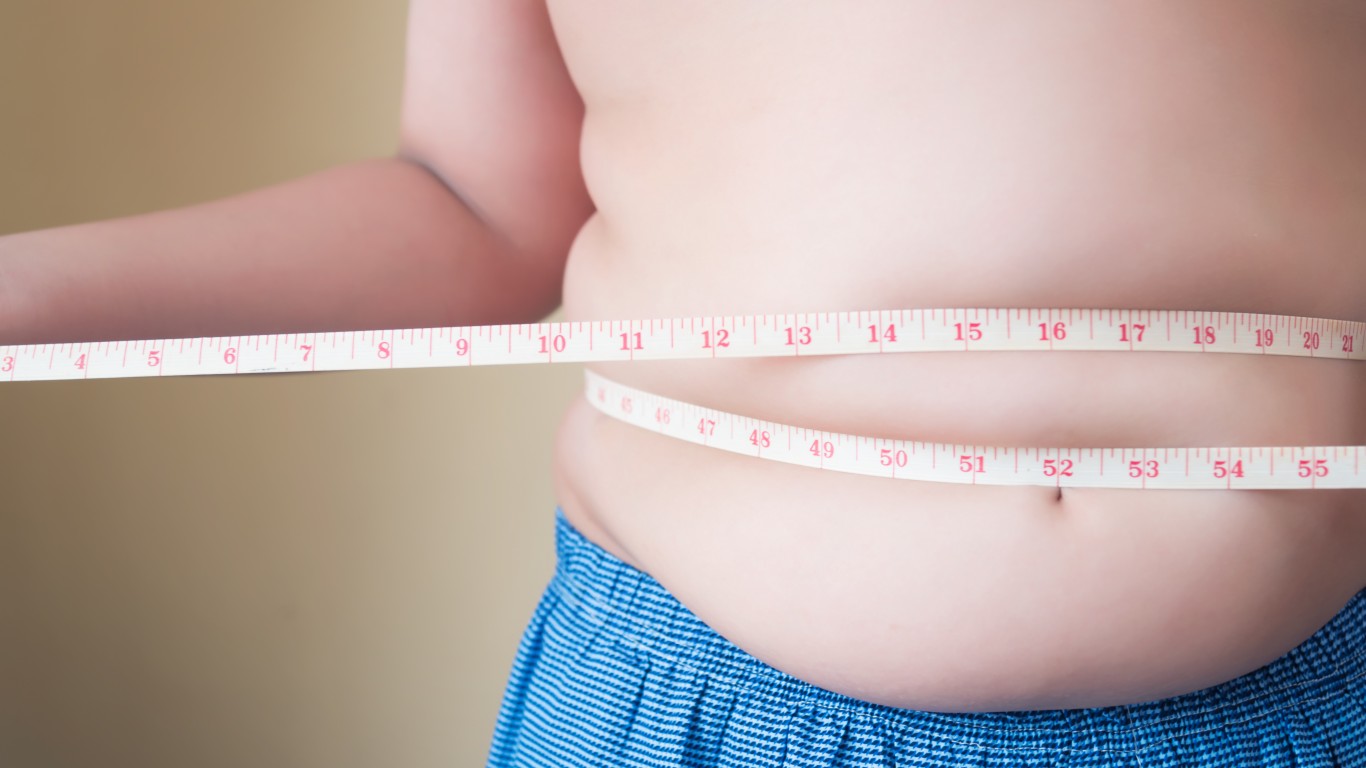
There has to be a bottom to the current pessimism about the economy. US citizens have a pervasive sense of doom that affects the evaluation of the present and the immediate future. Businesses act as if their profits are in as much danger as they were three years ago.
Even during The Great Depression, some businesses began to hire and some investors bought stocks. There are historians who argue that WWII was the cause of some of the resurgence of the US economy, but the mobilization did not occur until 1942. A modest amount of GDP recovery began in 1939.
Most recent research from the widely regarded opinion poll firms which includes reports from The University of Michigan, The Conference Board, and Gallup show that confidence and consumer concerns are down to lows near where they were at the depth of the 2007-2009 recession.
The latest results from a carefully followed poll–the Discover U.S. Spending Monitor done by Rasmussen Reports–shows that “Consumer confidence fell in August for the third straight month,” as the measurement “dropped to its lowest level since March 2009. Since January, the results of the Monitor poll have been in a free fall, dropping nearly 13 points over the last eight months.” Sixty-four percent of those asked for the latest Monitor poll rated the American economy as poor. But, this means that when people who have no opinion or don’t know what they think are taken out, nearly a third of Americans see the economy in at least relatively good shape.
Another measurement of the same research is people’s individual situations. “In August, 33 percent of consumers rated their finances as good or excellent, 3 points higher than the month prior.,” U.S. Spending Monitor reported. That is a terribly small number but it is not insignificant. It is, at the very least, an indication that there is a floor for the way Americans feel about their own financial lives and that of the nation. The floor could fall some if the economy worsens later this year, but, it is there, nonetheless.
There are not many reasons to believe that the bottoming of the economy will be reached in the next few quarters. People still cannot sell their homes in many cases, and others who might buy them are afraid to do so. The June S&P/Case-Shiller figures did show an extremely modest improvement of 3.6% from the first quarter to the second. The same study showed that in June there were tiny increases in home prices in significantly damaged markets including Detroit and even Las Vegas.
The recent jobless figures are almost always viewed as a glass at least half empty. America had lost 5.1 million jobs from the beginning of 2008 to March 2009, a month many consider to have been the bottom of the last recession. Over 663,000 jobs were lost that month and two million in that year’s first quarter. The number of jobs added last month was zero. The figure was depressing, but it was poor almost entirely due to cuts caused by government austerity. The economy did add private sector jobs in the 18 months through August
There are few prominent economists who would not say the economy is on the edge. A typical comment from Wall St. firms is that there is a 50/50 chance for another recession to begin now. That number was much better last spring when most experts responded to the same questions. The pessimists among economists believe that even the jobs and tax proposals made by the President will not make much of a difference. But, there is another opinion, and one held by well-regarded experts. Bloomberg reports that “The U.S. economy would get a boost of up to 2 percent under President Barack Obama’s $447 billion jobs plan, say economists at Goldman Sachs Group Inc., Moody’s Analytics Inc. and JPMorgan Chase & Co. ” The OECD’s new estimate for US GDP growth is 1.1% in the current quarter and .4% in the last quarter of the year. Two percent on top of those numbers constitutes a recovery, even it if is not a V-shaped one.
The near-term future of the American economy depend on just a few things. Will Europe enter a prolonged period of deep recession and will Greece default and destroy the balance sheets of some of the largest banks in the region? Will America’s large banks view recent lawsuits and mortgage problems as serious enough to tighten their loan practices again? Will private employers add even 200,000 positions a month? Will even a modest jobs bill help the economy as early as the first half of next year.
One of the pieces of financial news which was only a footnote because of 9/11 and the Greek bank crisis was that China’s exports moved higher by 24.5% year-on-year in August to reach $173.31 billion. Imports rose by 30.2% to $155.56 billion. China’s needs for materials, goods, and services stimulates the GDP of its trade partners, and because of its size, America is bound to be among them. Critics will say the Chinese figures are skewed by the value of the yuan, but the magnitude of the exports and imports are real. As the world’s largest economy, the US obviously still has a relatively strong demand for Chinese goods, and, in turn, the Chinese have a relatively strong appetite for American goods and services. Currency manipulation by China may make the cycle unfair, but that does not take away all of its virtue
The US economy has a reasonable chance to renew the growth it had at the end of last year and the beginning of this one. There is already a floor under consumer confidence, home prices, unemployment, and concerns about the financial health of the country and individuals. The floor is not sturdy now, but, unlike what many pessimists believe, it has not collapsed.
Douglas A. McIntyre
Travel Cards Are Getting Too Good To Ignore (sponsored)
Credit card companies are pulling out all the stops, with the issuers are offering insane travel rewards and perks.
We’re talking huge sign-up bonuses, points on every purchase, and benefits like lounge access, travel credits, and free hotel nights. For travelers, these rewards can add up to thousands of dollars in flights, upgrades, and luxury experiences every year.
It’s like getting paid to travel — and it’s available to qualified borrowers who know where to look.
We’ve rounded up some of the best travel credit cards on the market. Click here to see the list. Don’t miss these offers — they won’t be this good forever.
Thank you for reading! Have some feedback for us?
Contact the 24/7 Wall St. editorial team.




